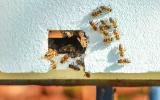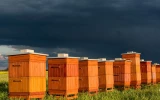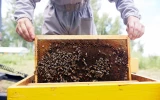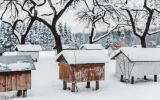11 Most Overlooked Winter Beekeeping Mistakes
Winter is a critical time for beekeepers as they prepare their hives for the colder months. While there are many things to keep in mind during this time, some mistakes are more commonly overlooked than others. These overlooked mistakes can have a significant impact on the health and productivity of your bees.
Some mistakes in beekeeping for the winter are not checking your hive for food, ventilation, pests, and the status of the queen. Not insulating the beehive and not monitoring its temperature can have detrimental consequences. Ensure that it is healthy and that the bees have enough resources to survive the winter.
To avoid most, if not all, of these winter beekeeping mistakes, you may have to prepare ahead of time. Ensure the survival of your bees by making sure your hive has a large population of bees, a stock of pollen, proper insulation, and an internal heat source if temperatures drop below freezing.
Summary
- Avoid a decline in the bee population by providing for their water needs and a supplemental source of sugar.
- Ensure the health, comfort, and well-being of a bee colony by providing sufficient ventilation, monitoring for diseases, insulating the hive, checking for mite infestations, and requeening when needed.
- Protect your bees from predators by placing the hive on a raised platform and adding a layer of wood or metal around the hive.
- Make sure to monitor the temperature of the hive, keeping it between 94 and 96°F.
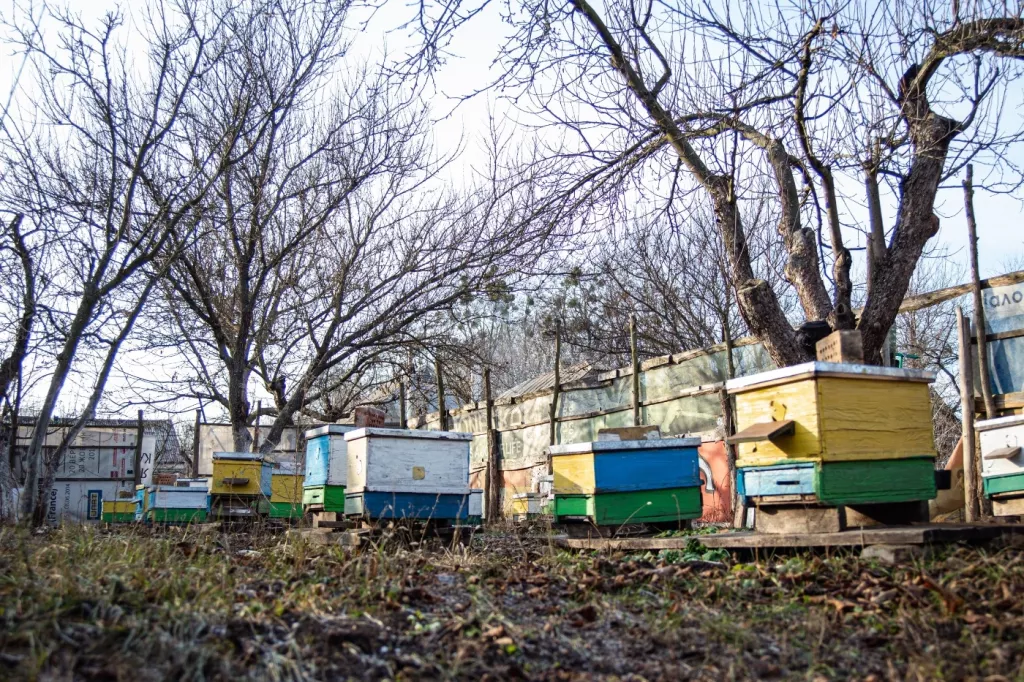
On this page:
- 1. Failing to feed bees a supplemental source of sugar
- 2. Not providing sufficient ventilation for the hive
- 3. Not monitoring the hive for disease and parasites
- 4. Not insulating the hive against cold weather
- 5. Not monitoring the temperature of the hives
- 6. Not providing an appropriate entrance for the bees
- 7. Not regularly checking for mite infestations
- 8. Not providing for the bees’ water needs
- 9. Not providing adequate protection from predators
- 10. Not preparing for spring early enough
- 11. Not requeening the hive when needed
1. Failing to feed bees a supplemental source of sugar
This can have many detrimental effects on a bee colony. When bees do not have access to adequate sources of nectar, they can quickly become malnourished and weak. This can lead to a decrease in the bee population and an increase in the number of diseased bees.
Additionally, without a supplemental source of sugar, a bee colony may not have enough energy and resources to produce enough honey. This can lead to an overall decrease in the amount of honey produced, which can harm beekeepers who rely on the honey production of their bee colonies.
Finally, a lack of sugar can also lead to a decrease in the amount of pollen collected, which can further reduce the health and well-being of a bee colony.
2. Not providing sufficient ventilation for the hive
This winter beekeeping mistake can cause several problems, including increased humidity and condensation, which can lead to mold and mildew growth. It can also result in poor air circulation and reduce the oxygen levels in the hive, which can be detrimental to the health of the bees and their ability to produce honey.
A lack of ventilation can lead to an increase in the temperature of the hive, which can cause the bees to become stressed and agitated. In extreme cases, this can even lead to the death of the colony.
It is important to provide the hive with adequate ventilation to ensure that the environment is comfortable and healthy for the bees. This can be done by adding an extra top bar or screened bottom bar to the hive or by creating extra openings in the box.
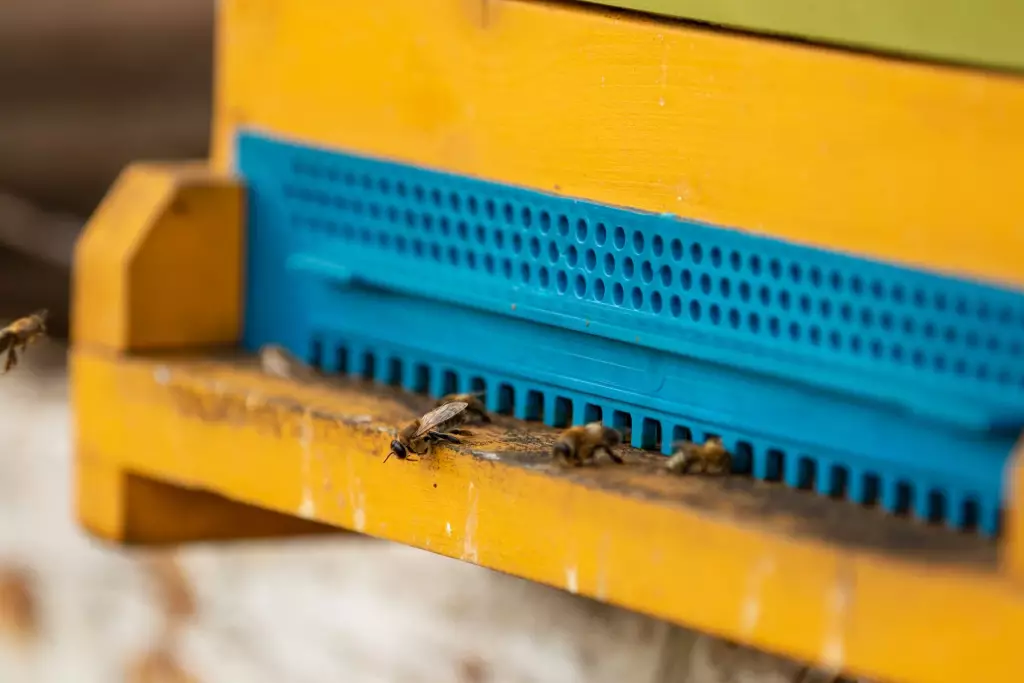
It is also important to ensure that the hive is not placed in direct sunlight, as this can cause the temperature to rise to uncomfortable levels for the bees. Additionally, it is important to monitor the conditions of the hive regularly to ensure that it is providing the bees with all the elements they need to thrive.
3. Not monitoring the hive for disease and parasites
This mistake can have disastrous consequences. Diseases such as foulbrood, nosema, and chalkbrood can quickly spread throughout a hive if left unchecked.
Parasites such as wax moths, hive beetles, and varroa mites can also cause significant damage to a hive if not managed properly. All of these pests and diseases can be mitigated with regular inspections and monitoring of the hive. Without such monitoring, the hive's health can quickly decline, and the colony may be unable to survive.
4. Not insulating the hive against cold weather
This can be detrimental to the health of the colony. If it gets too cold, the bees may not be able to survive, and the hive can be damaged by the extreme temperatures.
Without any insulation, the cold air can seep in and the heat generated by the cluster of bees can easily escape, leading to the hive dropping in temperature and the bees not being able to survive.
Additionally, not insulating the hive against cold weather can lead to condensation, which can create an environment conducive to the growth of mold and mildew. This can be damaging to the hive as well as the bees. Therefore, it is important to insulate the hive against cold weather.
5. Not monitoring the temperature of the hives
This mistake can cause the bees to become stressed and reduce their ability to regulate their internal temperatures, which can lead to decreased activity, decreased food consumption, and decreased production of honey. The beehive temperature must be kept between 94 and 96°F (34.5 and 35.5°C).
When the temperatures become too high or too low, the bees could die due to environmental stress. Without regular temperature monitoring, you may not be able to detect disease or pest infestations in the hive. Finally, without the proper temperature, the bees may struggle to maintain their natural balance, and the hive may become unproductive.
6. Not providing an appropriate entrance for the bees
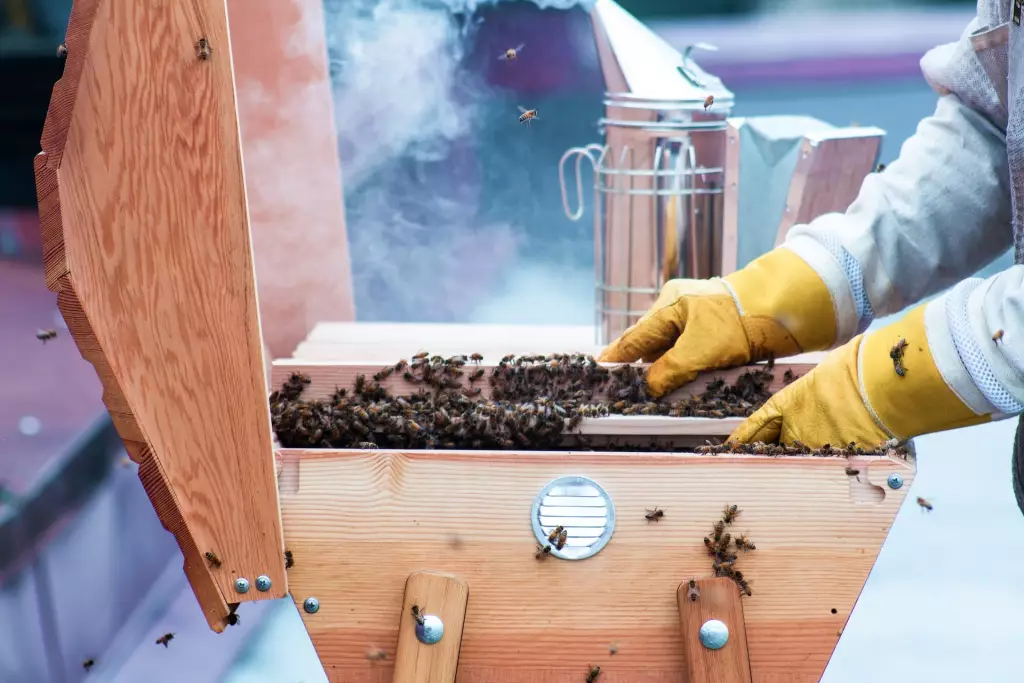
Bees rely on an entrance to the hive to defend against predators, regulate temperature, and control airflow. Without an appropriate entrance, the hive will become vulnerable to pests and other predators, such as skunks, bears, and raccoons.
Additionally, without an entrance, the bees will not be able to properly regulate the temperature of the hive, which can lead to the death of the colony. Lastly, without an entrance, the bees will not be able to control the airflow, which can lead to the buildup of moisture and mold, resulting in a weakened hive.
7. Not regularly checking for mite infestations
This winter beekeeping mistake could be costly. Mites are one of the most common bee pests and can quickly take over a hive if not monitored.
Here are the most important signs of mite infestation.
Regularly inspecting the hive and treating any mite infestations is a critical part of winter beekeeping, as mites can spread quickly and weaken the hive. If left untreated, the hive can become too weak to survive the winter, leading to colony collapse and ultimately the death of the hive.
To avoid this, you should monitor for mite infestations and treat them as soon as possible, as this can help to ensure a strong and healthy hive.
8. Not providing for the bees’ water needs
If bees do not have access to a reliable source of water, they can become dehydrated and die. This can also lead to a decline in their population, as they cannot produce enough honey or pollen to sustain the colony.
Additionally, without water, bees cannot cool their hives and regulate their temperature, which can lead to their hives becoming too hot and their food spoiling. By not providing for the bees' water needs, we are endangering their colonies and making it more difficult for them to survive.
9. Not providing adequate protection from predators
Predators such as mice, skunks, and raccoons can gain access to bee hives during the winter months, when bees are clustered together for warmth.
To protect your hive, it is important to provide additional protection from predators. This can be done by adding a layer of wood or metal around the outside of the hive, such as a mouse guard, to prevent larger predators from entering.
Additionally, you can place the hive on a raised platform, such as a concrete slab, to reduce the chance of predators digging underneath the hive. Finally, keeping the entrance to the hive reduced in size during the winter months can also help protect the hive from predators.
10. Not preparing for spring early enough
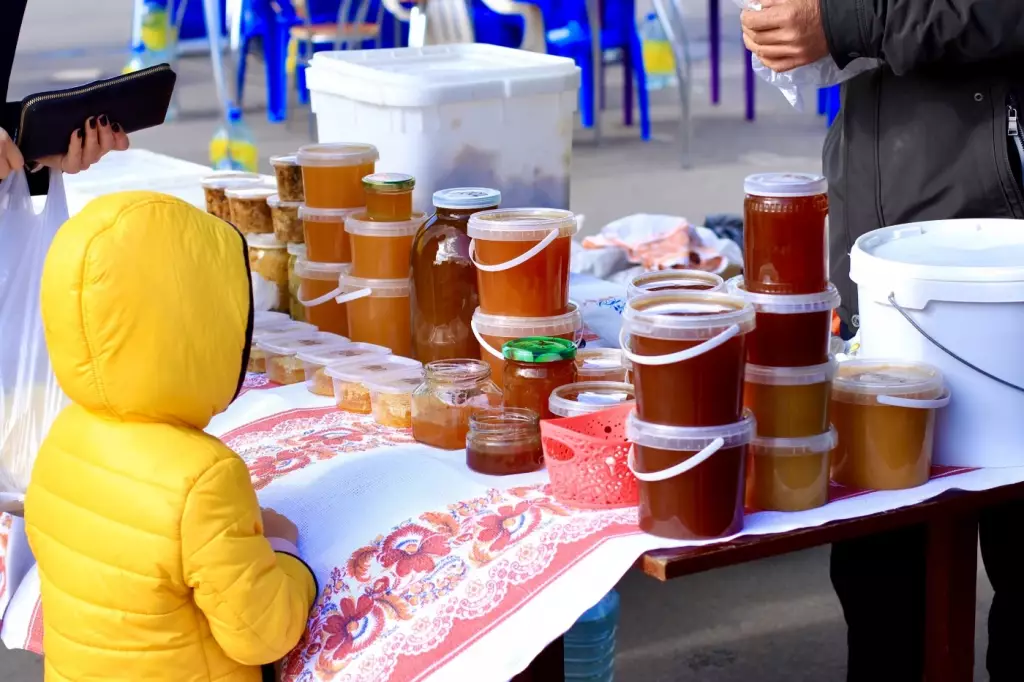
It is important to begin preparing for the spring season before winter has even ended. This means ordering supplies, such as new frames and wax, in advance and doing any necessary repairs to hive boxes and frames.
Additionally, making sure that there is enough food stored up for the bees to survive the winter is essential. If you wait until the last minute to purchase supplies for the spring season, they may not have enough time to adequately prepare their hives for the upcoming season.
11. Not requeening the hive when needed
A healthy and productive colony needs a young, vibrant queen to ensure good brood production and an ample honey harvest.
If the queen is too old, she is likely to be weak and unproductive, resulting in a decrease in the colony's productivity. Without a new queen, the hive will suffer from a lack of eggs, larvae, and honey production, as well as an increase in the number of drones, which are not beneficial to the hive.
Additionally, without a new queen, the colony will become susceptible to disease and pests, which can lead to colony collapse. Therefore, it is important to monitor the queen's age and to requeen the hive when needed to maintain a healthy and productive colony.
